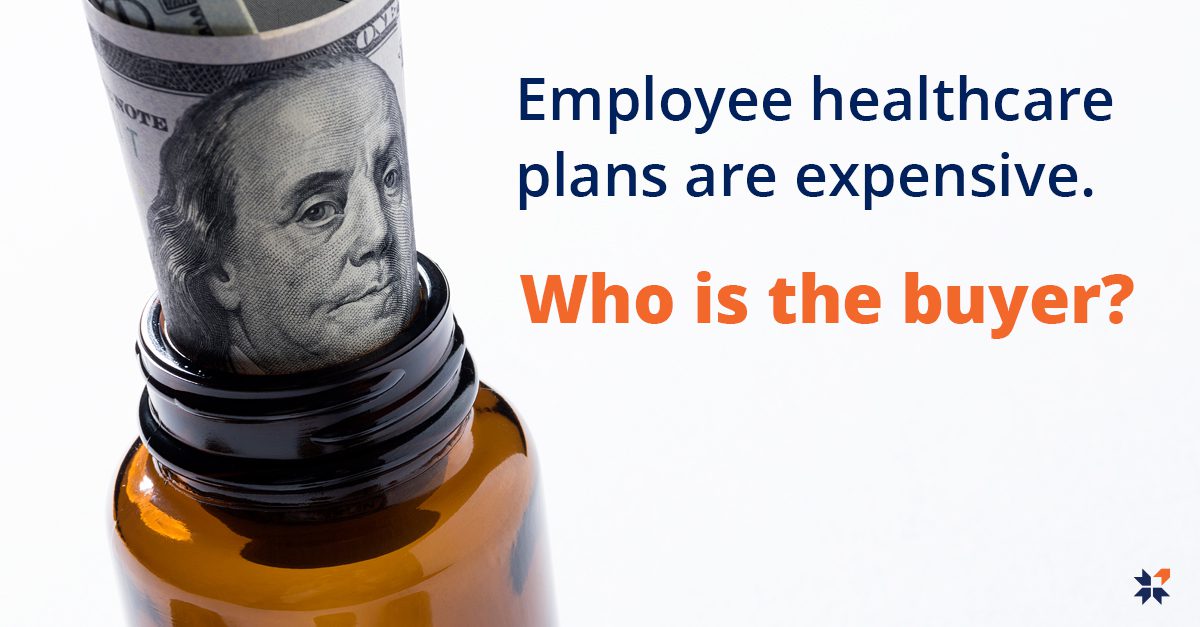
Employee healthcare plans are expensive.
In fact the average annual premiums for employer-sponsored health insurance for 2021 are $7,739 for single coverage and $22,221 for family coverage (Kaiser Family Foundation).
It is estimated that 22% of health premiums are for prescription drug coverage (AHIP). This doesn’t include the amount employees pay out of pocket for prescription drugs. Between premiums and out-of-pocket costs, employees and employers are spending upwards of $200 billion yearly in retail prescription drug spending.
Although your company and employees pay the health premiums and out-of-pocket costs for these prescriptions, guess what? You may not be considered the buyer! Before you say “Who cares?” consider the following:
When you purchase health benefits through a traditional insurance carrier, the carrier contracts with a third-party Pharmacy Benefit Manager (PBM) to manage your prescription drug benefit. Did you know that these Pharmacy Benefit Managers receive rebates from the manufacturers on the drugs that you buy through your health plan? The rebates can represent 25% or more of total pharmacy spending. If you are in a fully insured health plan it is possible these rebates are not credited to your plan.
A rebate is a partial return of the original payment for the prescription by the manufacturer to the buyer. So shouldn’t the rebates be returned to you or credited to your plan? They should! But instead, the Pharmacy Benefit Manager and insurance carrier may retain the rebates as a hidden revenue stream. The manufacturer views the PBM as the buyer, not you or your employees.
The loss of rebates adds significant cost to your health insurance plan. What can you do about it?
BCF Group may be able to assist you to design a self-funded plan with an independent Pharmacy Benefit Manager that guarantees the return of rebates to you as the buyer. Let us discuss with you how we can save your plan by returning rebates to the true buyer—you and your employees.
References
Pharmacy Benefit Managers and Their Role in Drug Spending | Commonwealth Fund
PBMs, Formularies, and Rebates: What Investors Should Know | DrugPatentWatch—Make Better Decisions
Prescription Drugs Account for 22% of Payer Premium Spending | healthpayerintelligence.com
Employer Health Benefits—2021 Summary of Findings | (kff.org)
